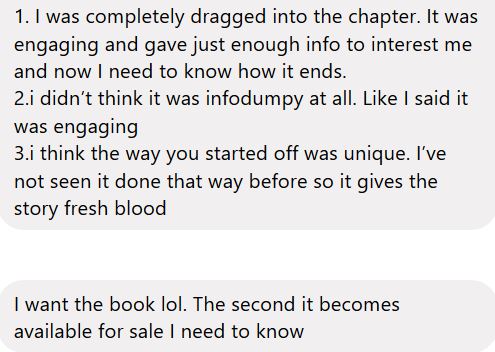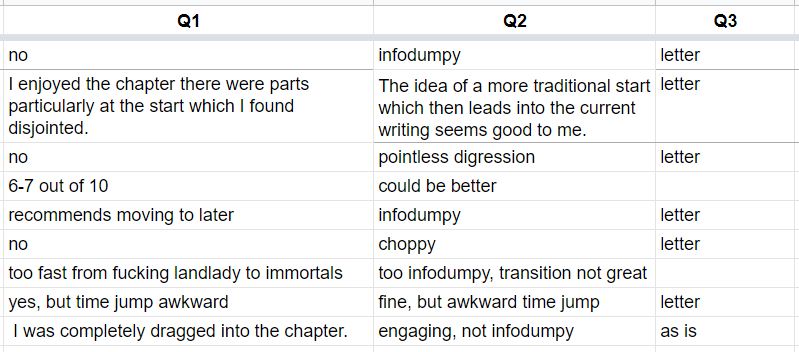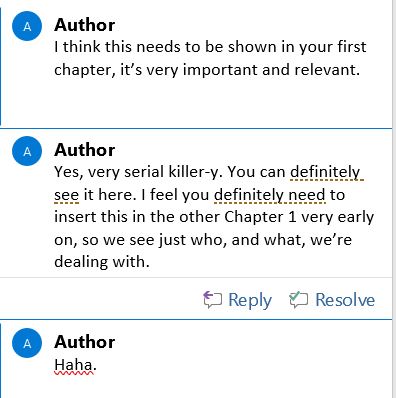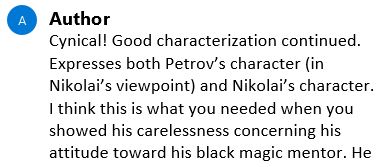It’s been difficult to write lately, even though I’m stuck at home with lots of free time. Lately I’ve been refilling my creative well by watching or reading old favorites.

The movie follows Willow, a farmer who performs magic tricks and dreams of being a real sorcerer. While his village lives in peace, the rest of the country is torn by war, as people fight against the evil queen Bavmorda. A prophesy tells of a child bringing down the queen, and when Willow’s family finds the baby floating in the river, he is tasked with protecting her. It’s a typical good vs. evil flick, with magic, monsters, chase scenes, and humorous interactions between characters.

Stuff I Love About this Movie
- Madmartigan screaming at a troll
- A brownie putting the moves on a cat
- “I will not be ignored!”
- Two old women having a knock-down fist fight
- Madmartigan going all Home Alone on an army
- “You NEVER go that fast with an infant on board!”
- Willow threatening Madmartigan with an acorn
- The two-headed dragon monster
- Karma for Burglekutt
- Apple boobies
- the sled scene
- the creepy-ass wails you hear throughout the movie
- Sorsha insulted when Madmartigan stops liking her
- Willow’s failed attempts to use magic
- The horsedrawn cart chase scene
- Opposing parenting strategies
- The fucking pig scene scarred me as a kid

Also, can I just say how nice it is to have a movie with several female leads on both sides? And different ages (again, old lady fight!).
Willow’s village is also awesome. Instead of going all LOTR and shrinking down standard-sized actors, they employ a bunch of little people* to play the Nelwyn. Roles for little people usually make them the butt of jokes or relegate them to nonhuman characters with enough make up and prosthetics to make the actors unrecognizable. Warwick Davis, the actor who plays Willow, began his career playing the Ewok Wicket. The Nelwyn characters are varied, from political bully to sage sorcerer to warrior to loyal BFF to loving family. Willow may face prejudice and slander away from his home, but it’s a nice change to see a community of little people normalized.
If you love fantasy/adventure and haven’t already seen Willow, I can’t recommend it enough. It’s got action, adventure, comedy, trickery, magic–all the cool stuff. And if you’re a writer, this is an excellent example of the Hero’s Journey.
* someone please correct me if that term is incorrect, going off googled preferences here
Images belong to Lucasarts or whoever currently has the rights to Willow. Copyright © 2020 Val Neil. All rights reserved.










